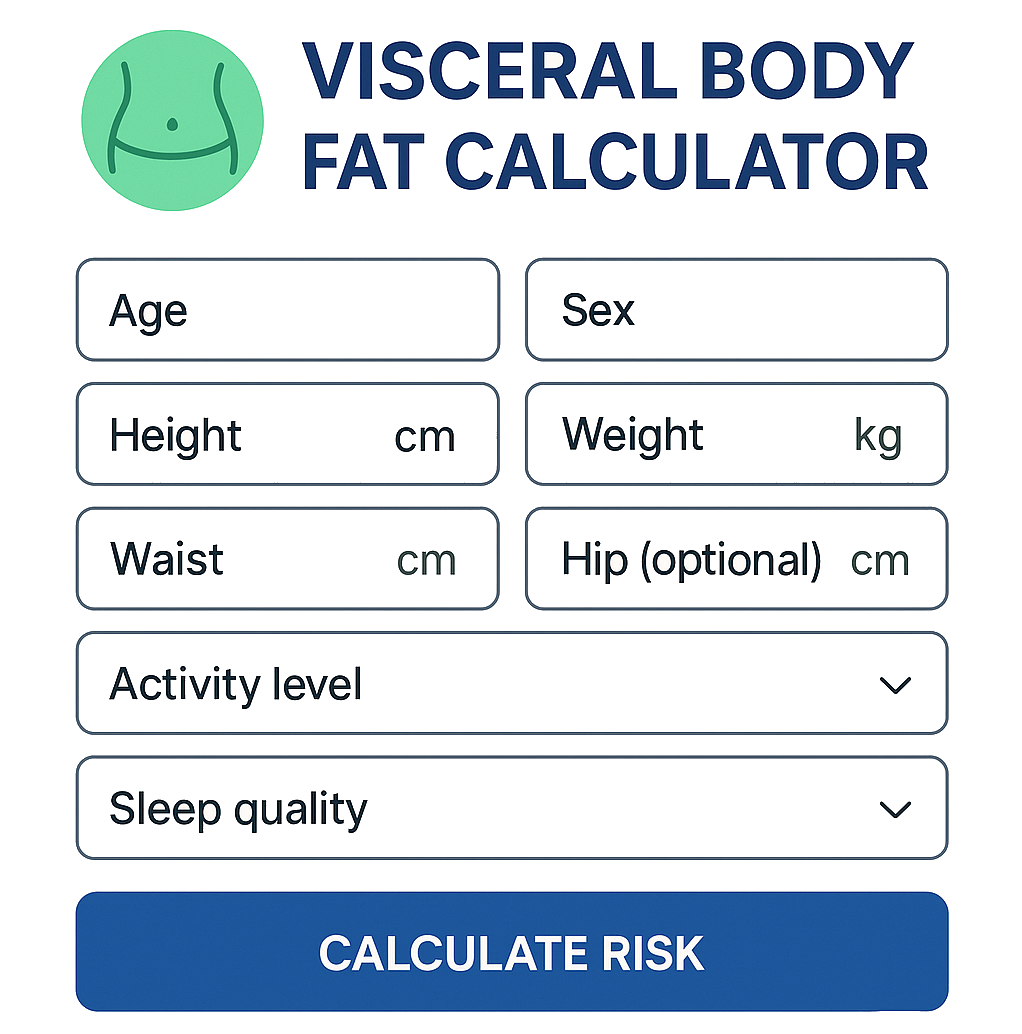The Hidden Life of Belly Fat: It’s Not Just “Extra Padding”
We’ve all heard belly fat called “stubborn,” “soft,” or “excess.” But beneath the surface, something far more complex is happening. Unlike the fat just under your skin (subcutaneous fat), visceral fat—the deep belly fat surrounding your organs—behaves differently.
🔬 Visceral Fat: More Than Storage
Step One: Calculate Your Visceral Body Fat
Research shows visceral fat isn’t passive. It’s metabolically active, meaning it:
-
Releases hormones and other substances.
-
Produces inflammatory chemicals.
-
Interacts with organs like the liver and pancreas.
Studies have observed associations between high levels of visceral fat and metabolic changes in the body. For example, organizations like the CDC note that excess abdominal fat correlates with certain health trends observed at a population level.
Why Does This Matter?
While subcutaneous fat acts like an energy reservoir, visceral fat functions almost like an organ itself. Its activity can influence:
-
Insulin sensitivity
-
Immune responses
-
Blood lipid levels
This doesn’t mean visceral fat “causes” health issues—but its biological activity is a key focus of metabolic research worldwide.
The Bigger Picture
Understanding that belly fat is biologically active reshapes how we view it. It’s not just about appearance; it’s about how different types of fat interact with our biology. As science evolves, we’re learning more about how lifestyle and genetics influence this process.
Key Takeaway: Visceral fat is more than storage—it’s a dynamic part of human physiology. Its role in metabolic and inflammatory processes makes it a significant area of scientific study.

